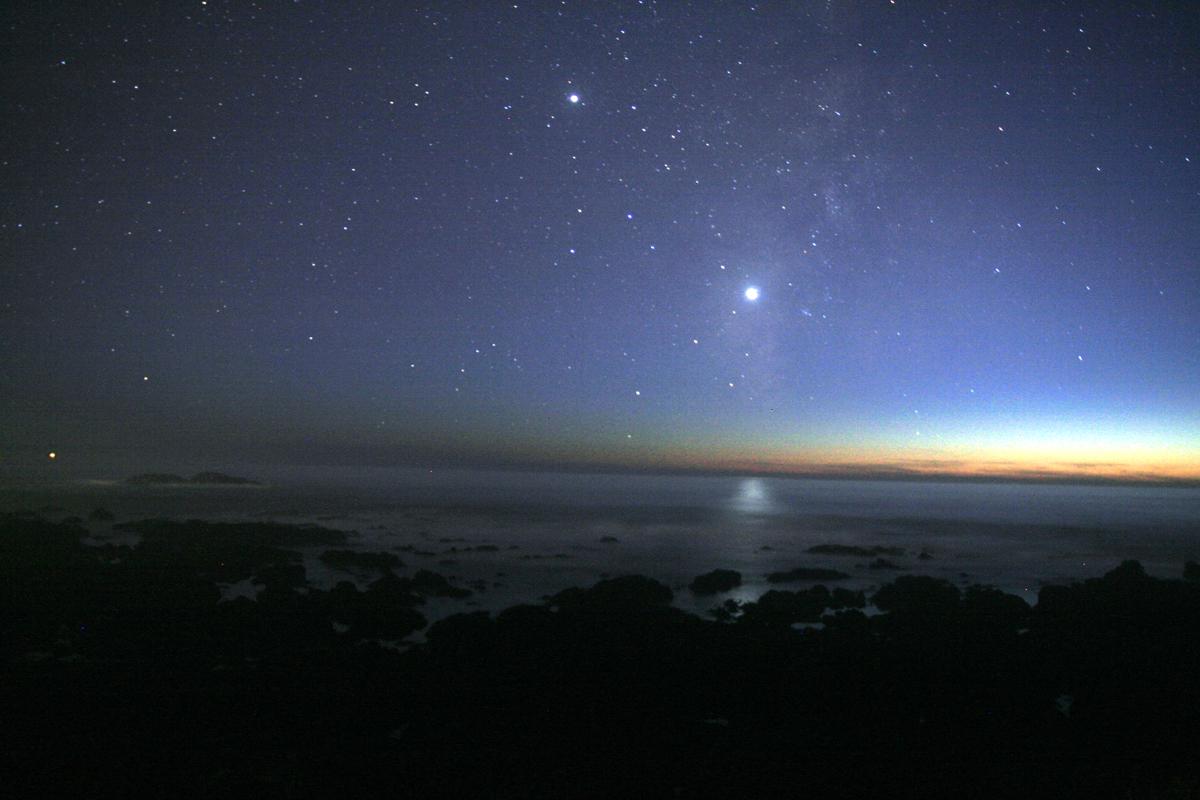D: Yaël, although Venus and Earth are similar in size and mass, the two planets aren’t really much like one another. Let’s take geology. Earth is a geologically active world. Its crust is divided into seven large plates, and several smaller ones. These plates move in relation to one another, building mountains and generating earthquakes where they collide. Upwelling heat from Earth’s mantle causes volcanic eruptions. Venus, in contrast, is geologically quiet and boring.
Y: That’s not entirely right, Don. It’s true that Venus’s crust doesn’t seem to be divided into moving tectonic plates like the Earth’s crust is. But, researchers have found that the planet’s surface is dotted with ring-like structures named coronae, produced by volcanic activity. They appear to be much like the Hawaiian islands on Earth, which are products of volcanic activity from a plume of hot material welling up from Earth’s mantle.
D: But Yaël, aren’t those on Venus long-dead ancient volcanoes?
Y: No, there’s growing spacecraft evidence that at least some of them are still active today. And, in twenty-twenty, an international team of planetary scientists published new evidence that at least some coronae may be recently or currently active volcanoes.
D: Did they detect volcanic activity from an orbiting spacecraft?
Y: No, they didn’t. The researchers used theoretical models to simulate the formation and evolution of coronae. They concluded that at least thirty-seven coronae showed the predicted structural hallmarks of recent or current activity. They want future spacecraft missions to look for more direct evidence of current volcanic activity.
D: So, Venus might be a geologically active world in its own way, a way that is different from Earth’s.









